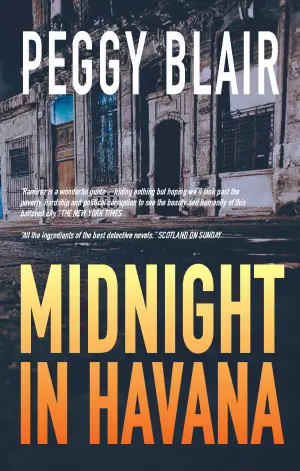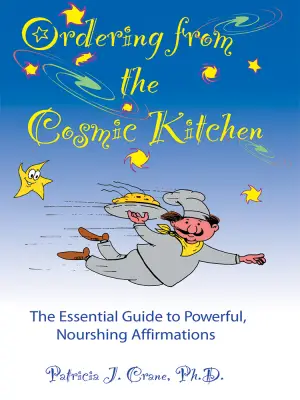Uncovering History: A Journey through The Girl from Greenwich Street
When I first picked up The Girl from Greenwich Street by Lauren Willig, I was intrigued by the promise of historical suspense wrapped in the real-life drama of one of early America’s most notorious murder trials. A gripping tale set against the bustling backdrop of 1799 Manhattan, this novel offers not just a glimpse into the past, but a detailed portrait of the societal constraints and intricacies of human motivation that still resonate today.
Willig’s narrative revolves around the murder of Elma Sands, an illegitimate young woman whose tragic death leads to a sensational trial. What struck me most in this tale was how Willig doesn’t simply use history as a stage for her story—she dives deep into the complexities of the era. Here, we find bitter rivals Alexander Hamilton and Aaron Burr crossing paths not as enemies, but as defense attorneys. It’s a clever twist that showcases the political undercurrents running through the judicial system of the time, forcing us to question how often justice is influenced by ambition and power.
The characters in The Girl from Greenwich Street are portrayed with remarkable depth. Elma Sands isn’t just a victim; she is a beautifully woven character grappling with societal ostracism due to her illegitimacy. Through her eyes and those of her cousin, Catherine Ring, we witness the struggles of women living under oppressive norms. Willig allows us to feel their pain, courage, and even their complications. Lines like “When once it is known that a girl has had a connection with a man, there is instantly a strong bias…” encapsulate the harsh realities of female reputation during this period and resonated deeply with me.
Willig’s writing style is another triumph. Her use of sensory details immerses the reader fully into early 1800s New York; I could almost smell the sea air mingling with the stench of the glue manufactory. The legal procedures of the era are presented with such clarity that it not only educates but also captivates. Occasionally, the intricate historical details crept into the pacing, especially during trial scenes, but the rich character portrayal kept me invested.
One of the highlights is Willig’s exploration of truth and perspectives. No character possesses total clarity, and as a reader, I felt like a detective navigating layers of complexities. Each revelation redefined my understanding of the characters and their motivations—a clever reminder of how elusive truth can be.
While the novel excels in many areas, it feels slightly held back at times by its commitment to historical detail; a few minor characters didn’t receive the attention they deserved, leaving me wanting more depth in their narratives. The epilogue, while informative, felt disconnected from the emotional heart of the story, but these are minor quibbles in an otherwise masterful work.
Ultimately, The Girl from Greenwich Street is a poignant exploration of a forgotten chapter of history, offering readers a fascinating mix of murder mystery, character study, and political thriller. It’s perfect for those who relish a historical narrative that challenges and entertains. Willig’s ability to breathe life into Elma Sands transforms her from a mere footnote in history into a fully realized character whose humanity shines through.
Having turned the last page, I found myself reflecting not just on the past, but on the ongoing complexities of truth, ambition, and the often unyielding weight of societal expectations. For readers wanting more than just a story—a glimpse into the intricate tapestry of human nature across time—this book is a must-read.
Discover more about The Girl from Greenwich Street on GoodReads >>













